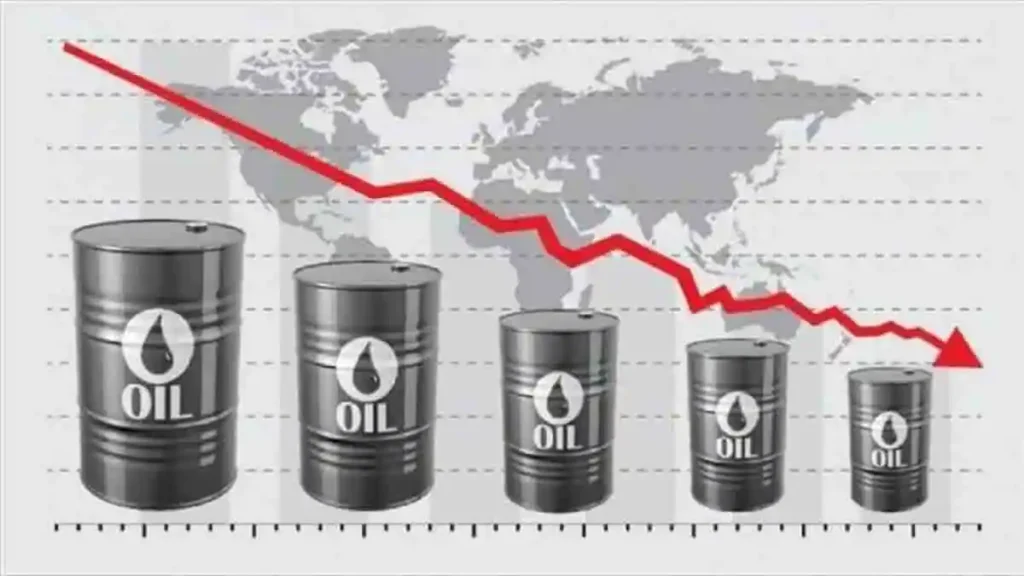The year is 2025. While the world continues its inexorable march toward a more sustainable energy future, oil remains a crucial commodity, and the Middle East, with its vast reserves, continues to be a linchpin in global energy markets. The Middle East Conflict and Its Impact on Global Oil Prices. Heightened geopolitical tensions in the region, including escalating conflicts in Yemen, Syria, and the Gulf, have once again underscored the vulnerability of the global economy to instability in this critical region. This article delves into the multifaceted impact of Middle Eastern conflicts on global oil prices in 2025, examining recent developments, economic consequences, and potential strategies for managing energy risks. The Middle East Conflict and Its Impact on Global Oil Prices

The Geopolitical Landscape of 2025: A Region in Flux, The Middle East Conflict, and Its Impact on Global Oil Prices
A complex interplay of regional rivalries, proxy wars, and evolving power dynamics characterizes the Middle East in 2025. Escalations in Yemen, fueled by protracted conflicts and humanitarian crises, continue to disrupt oil transport routes in the Red Sea. Syria, still recovering from a decade of devastating civil war, faces intermittent outbreaks of violence that affect regional stability and potentially threaten critical infrastructure. Tensions in the Gulf, meanwhile, remain elevated, with disputes over maritime boundaries and regional influence creating a volatile atmosphere. These factors, combined with the ongoing struggle for influence in the wider region, create a potent cocktail of instability that directly affects global oil markets. The Middle East Conflict
Impact on Oil Production and Supply Chains
The direct impact of these conflicts on oil production is multifaceted. Attacks on oil infrastructure, whether intentional or accidental, can significantly reduce production capacity. For example, a series of drone attacks on Saudi Arabian oil facilities in 2024, while ultimately not crippling, demonstrated the vulnerability of critical energy infrastructure to insurgent groups and proxy conflicts. The resulting disruption in the global oil supply chain had a cascading effect on prices worldwide, underscoring the interconnected nature of the global economy. Furthermore, sanctions and restrictions on trade, often imposed as a response to regional conflicts, can further constrict oil supplies, driving up prices and potentially creating shortages. The Middle East Conflict

The Ripple Effect on Global Oil Prices
The impact on global oil prices is not confined to the immediate region. The uncertainty surrounding Middle Eastern stability creates a climate of fear and speculation in the global markets. Investors, anticipating potential disruptions, often increase their demand for oil, pushing prices higher. This speculative behavior can exacerbate the price volatility, making it difficult for businesses and consumers to plan for the future. Furthermore, the indirect consequences, such as the potential disruption of global trade routes and humanitarian crises, can also further contribute to price increases.
Economic Consequences: Beyond the Price Tag
Beyond the immediate price fluctuations, the Middle East conflicts have significant economic consequences for the global community. Higher oil prices directly impact consumer spending, as energy costs become a larger share of household budgets. This can lead to inflation, potentially impacting economic growth and potentially triggering recessionary pressures in vulnerable economies. Furthermore, the instability in the region can discourage foreign investment, hindering economic development and potentially exacerbating poverty and social unrest.
Alternative Energy Sources and the Future of Oil
While the Middle East remains a crucial player in the global oil market, the rise of renewable energy sources presents a long-term challenge to its dominance. Countries worldwide are investing heavily in solar, wind, and other renewable energy technologies. Technological advancements are making these sources more efficient and cost-competitive with traditional fossil fuels. However, the transition away from oil is not instantaneous. The Middle East’s existing infrastructure and vast reserves will likely continue to play a significant role in the global energy mix for the foreseeable future, yet the trend toward diversification is undeniable.
Managing Energy Risks and Diversification Strategies
Managing energy risks in the face of ongoing Middle Eastern conflicts requires a multifaceted approach. Diversifying energy sources is crucial. This includes investing in and developing domestic renewable energy resources, as well as exploring alternative sources of oil and gas. Strengthening international cooperation and dialogue is also essential. This involves fostering closer relationships with countries that can provide alternative energy sources and establishing mechanisms for managing potential disruptions to supply chains.
Case Study: The 2024 Saudi Drone Attacks
The 2024 drone attacks on Saudi Arabian oil facilities underscore the vulnerability of critical energy infrastructure to conflict. The swift response by Saudi Arabia and its allies, combined with international condemnation, highlighted the importance of robust security measures and international cooperation in mitigating such threats. However, the event also served as a stark reminder of the potential for conflict to disrupt global energy markets.
Conclusion: Navigating a Complex Energy Landscape
The Middle East conflict in 2025 continues to exert a significant influence on global oil prices. The region’s volatile geopolitical landscape, coupled with the ongoing transition to renewable energy, creates a complex and dynamic energy landscape. Managing these risks requires a combination of diversification strategies, international cooperation, and robust security measures. While the Middle East will likely remain a key player in global energy markets for the foreseeable future, the long-term trend toward a more sustainable energy future will undoubtedly reshape the global energy landscape in the years to come. The challenge lies in navigating this transition effectively and mitigating the economic and social consequences of energy price volatility and regional instability. The Middle East Conflict and Its Impact on Global Oil Prices
The Middle East Conflict
